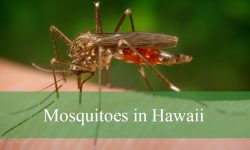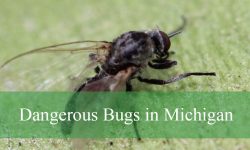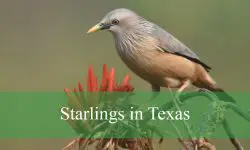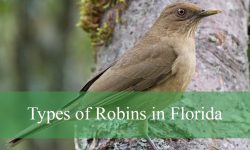New Mexico is home to a fascinating variety of skunks, each with unique markings and behaviors. From the bold, black-and-white striped skunk to the elusive spotted species, these nocturnal mammals play an important role in controlling insect and rodent populations.
While often misunderstood, skunks are mostly shy and non-aggressive. They forage at night across deserts, grasslands, and suburban areas, using their distinctive musk only when threatened. Observing them safely can reveal surprising behaviors, including the spotted skunks’ iconic handstand defense.
Skunks are most active in spring and summer, making these months ideal for wildlife enthusiasts to spot them. With careful nighttime observation, it’s possible to identify each species by size, markings, and behavior, making New Mexico a unique place to explore skunk diversity.
Different Types of Skunks Found in New Mexico
Striped Skunk (Mephitis mephitis)
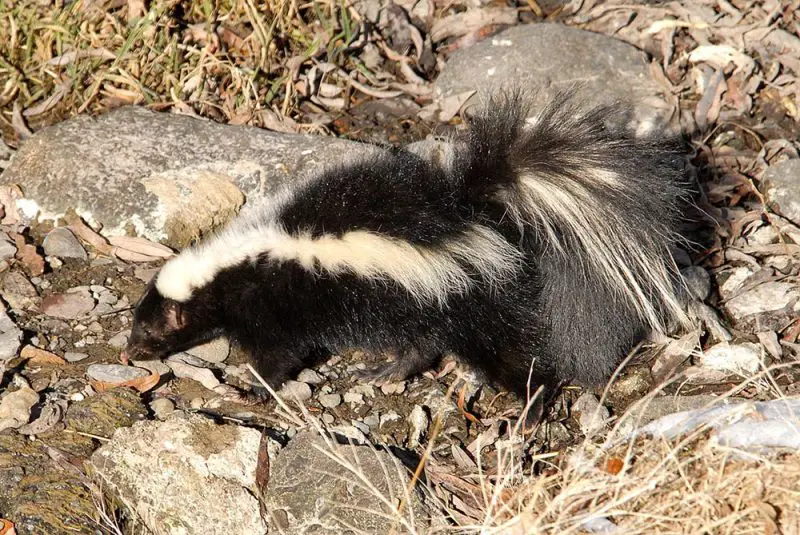
The striped skunk is the most common skunk species in New Mexico and across much of North America. Adult striped skunks typically measure between 19 to 37 inches (48–94 cm) in total length, including a bushy tail of 7–10 inches (18–25 cm). They usually weigh between 4–10 pounds (1.8–4.5 kg), with males generally larger than females. Their most recognizable feature is the bold white stripe that runs from the head down the back, sometimes splitting into two parallel stripes along the sides.
These skunks are primarily nocturnal and omnivorous. Their diet includes insects, small mammals, birds, eggs, fruits, and vegetation. They have a unique defensive mechanism: when threatened, they can spray a strong-smelling musk up to 10 feet to deter predators. Despite their potent spray, they usually give warning signs, such as stamping their feet or raising their tail, before spraying.
Striped skunks are highly adaptable and can be found in a variety of habitats in New Mexico, including grasslands, forests, deserts, and even suburban areas. They often den in burrows, hollow logs, or abandoned buildings. During the winter, they may enter a state of torpor but are not true hibernators.
The best way to identify a striped skunk is by its black fur with a prominent white dorsal stripe and contrasting white facial markings. They are often solitary outside the breeding season but may gather in small groups in winter dens. Observing them at night with caution is key, as they are slow-moving and generally not aggressive unless provoked.
Hooded Skunk (Mephitis macroura)

The hooded skunk, also known as the long-tailed skunk, is slightly smaller than the striped skunk, measuring about 20–30 inches (50–76 cm) in length, including a long, bushy tail that can be 8–12 inches (20–30 cm). Adults weigh around 2.5–5 pounds (1.1–2.3 kg). They are named for the “hooded” white stripe that runs from the top of the head down the back, often forming a more diffuse pattern compared to the bold stripes of the striped skunk.
Hooded skunks are mainly nocturnal and feed on insects, small rodents, birds, eggs, and plant matter. They are skilled diggers and often search for insect larvae underground. Like other skunks, they can spray a pungent musk as a defense mechanism, usually as a last resort. They display warning behaviors such as foot stomping and tail raising before spraying.
In New Mexico, hooded skunks prefer arid and semi-arid habitats, often found in deserts, scrublands, and open rocky areas. They make dens in rock crevices, burrows, or abandoned structures. Their long tails help with balance while climbing or navigating rugged terrain. They are solitary except during mating season and sometimes in winter dens.
Identification is straightforward due to their smaller size, long tail, and hood-like white pattern on the back. They are more elusive than striped skunks and less likely to inhabit suburban areas. Observers are more likely to encounter them in rural or wilderness settings at night.
Western Spotted Skunk (Spilogale gracilis)
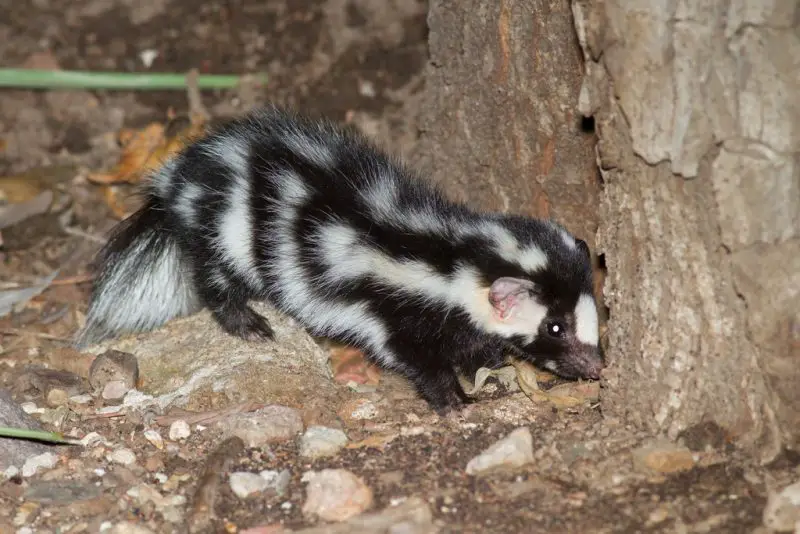
The western spotted skunk is a smaller and more agile skunk species, measuring around 12–18 inches (30–46 cm) in body length, with a 6–9 inch (15–23 cm) tail. Adults weigh between 1–3 pounds (0.45–1.4 kg). They have a distinct black coat covered with broken white stripes, spots, and patches, giving them a more patterned appearance compared to the solid stripes of the striped skunk.
These skunks are highly nocturnal and excellent climbers. Their diet consists mainly of insects, small mammals, birds, eggs, fruits, and seeds. When threatened, western spotted skunks perform a characteristic handstand on their front legs while raising their tail vertically to warn predators before spraying. This unique defensive posture distinguishes them from other skunks.
Western spotted skunks inhabit a range of habitats in New Mexico, including grasslands, rocky hillsides, woodlands, and desert edges. They often den in hollow logs, rock crevices, or abandoned burrows. Their climbing ability allows them to escape predators and search for food in elevated areas.
They are easily identified by their small size, spotted white markings, and handstand defensive behavior. Observing them in the wild is challenging due to their secretive and agile nature. Best viewing occurs at night with a flashlight or by spotting tracks and scat near dens.
Eastern Spotted Skunk (Spilogale putorius)

The eastern spotted skunk is similar in size and appearance to the western spotted skunk, typically 12–19 inches (30–48 cm) long with a 6–9 inch (15–23 cm) tail and weighing 1–3 pounds (0.45–1.4 kg). Their fur is black with white spots and broken stripes, creating a striking pattern unique to each individual. They are slightly less common in New Mexico than the western spotted skunk.
Eastern spotted skunks are nocturnal omnivores, feeding on insects, small vertebrates, eggs, fruits, and grains. They are agile climbers and can forage both on the ground and in low vegetation. When threatened, they adopt the iconic handstand posture, lifting their tail as a warning before spraying. This defensive behavior is highly effective in deterring predators.
In New Mexico, eastern spotted skunks prefer open grasslands, edges of forests, and rocky terrain. They make dens in abandoned burrows, hollow logs, or under structures. Their habitats overlap with western spotted skunks in some regions, but eastern spotted skunks are more localized and less commonly observed.
Identification relies on their small size, spotted pattern, and unique handstand behavior. They are secretive and primarily nocturnal, making daytime sightings rare. Spotting them at night requires patience and quiet observation, and they are best observed from a distance to avoid provoking their defensive spray.
Best Time and Places to See Skunks in New Mexico
Best Time to Observe Skunks
Skunks are primarily nocturnal, so the best time to observe them is after sunset and before sunrise. Late spring through early fall offers the most activity, as skunks are emerging from winter torpor and actively foraging. During mating season in late winter to early spring, males may be more visible while searching for females. Nighttime observation with a flashlight or low-intensity red light is recommended to avoid startling them.
Ideal Habitats for Skunk Sightings
Striped and hooded skunks are more adaptable to suburban areas, farmlands, and open desert landscapes. Spotted skunks, both western and eastern, prefer grasslands, rocky hillsides, and edges of forests. Look for signs of dens near rock crevices, hollow logs, or under abandoned structures. Areas with abundant insect populations, such as meadows or near streams, often attract foraging skunks.
Seasonal Behavior Influences
Skunks are less active in the cold winter months, entering a state of torpor rather than true hibernation. Summer months bring heightened activity due to food availability and breeding. Observers should note that during hot summer nights, skunks may reduce activity during peak heat, becoming more active in cooler hours closer to dawn or after sunset.
Safety Tips While Observing Skunks
Keep a safe distance to avoid being sprayed. Observers should wear closed shoes and avoid sudden movements. Using binoculars or spotting scopes is ideal for nighttime viewing. Never attempt to feed or handle skunks, as they can carry diseases such as rabies.
FAQs About Skunks in New Mexico
What Skunk Species Are Most Common in New Mexico?
The most common skunk in New Mexico is the striped skunk (Mephitis mephitis). Hooded skunks (Mephitis macroura) and spotted skunks (Spilogale gracilis and Spilogale putorius) are less commonly seen but are present in various habitats.
Are Skunks Dangerous to Humans?
Skunks are generally not aggressive and will only spray as a defense mechanism. They can bite if handled or cornered, and they may carry diseases such as rabies. It’s important to observe them from a safe distance.
How Can I Identify the Different Skunk Species?
Striped skunks have bold white stripes along the back, hooded skunks have a long tail with a more diffuse white stripe, and spotted skunks have broken stripes and spots. Spotted skunks also display a unique handstand behavior when threatened.
When Is the Best Time to See Skunks?
Skunks are nocturnal, so the best times to see them are at night, typically after sunset and before sunrise. Spring through fall offers the highest chance of sightings due to increased activity.
Where Are Skunks Most Likely Found in New Mexico?
Striped skunks can be found in suburban and rural areas, deserts, and grasslands. Hooded skunks prefer arid regions and rocky areas. Western and eastern spotted skunks are usually found in grasslands, rocky hillsides, and forest edges.

